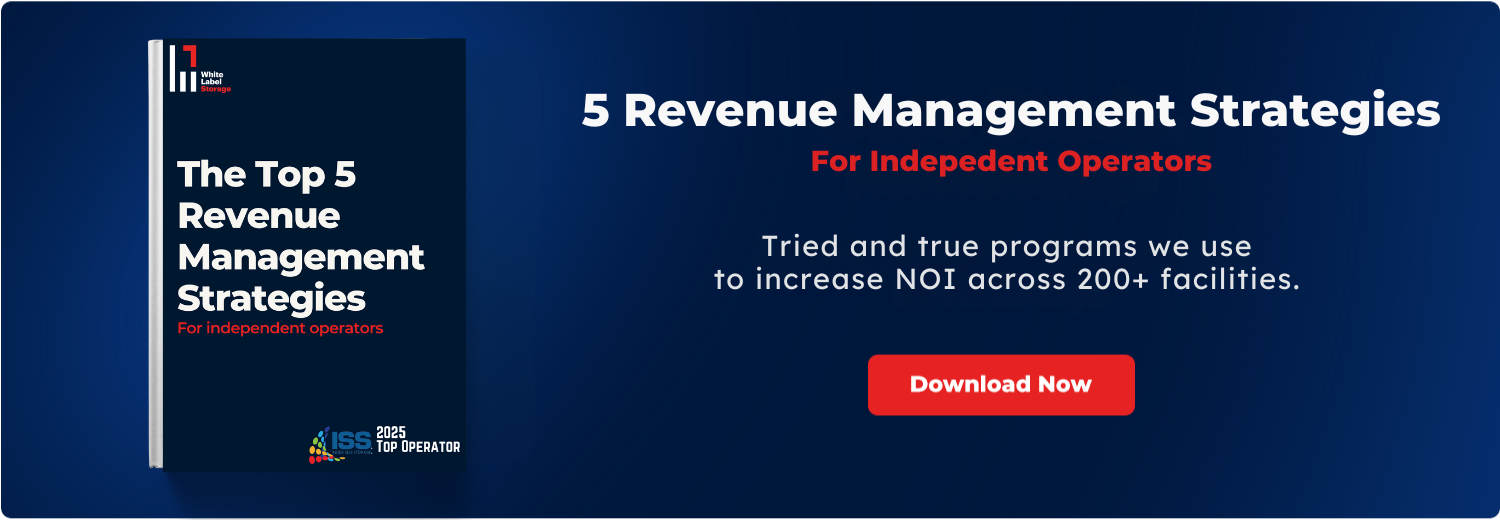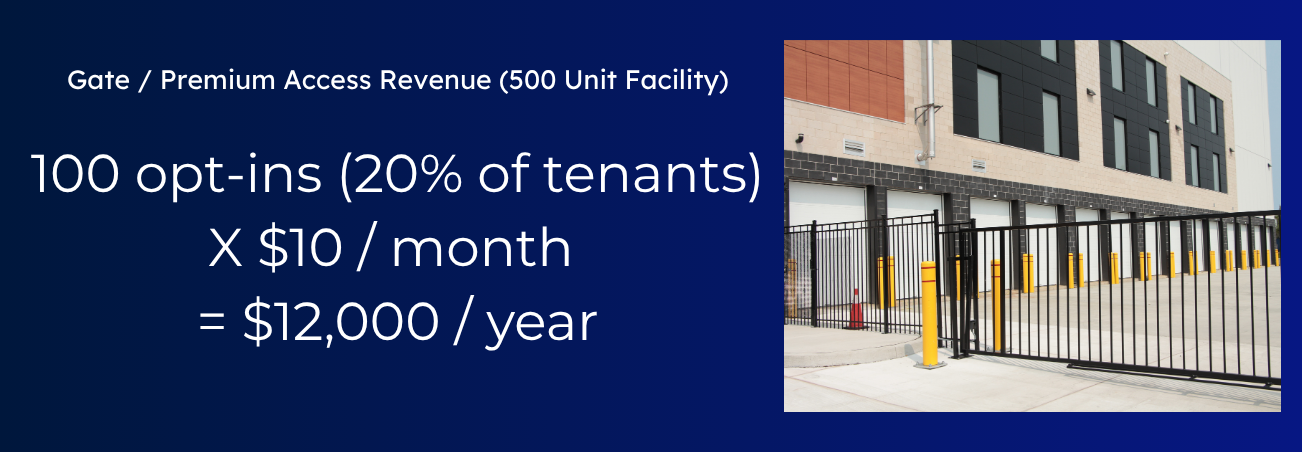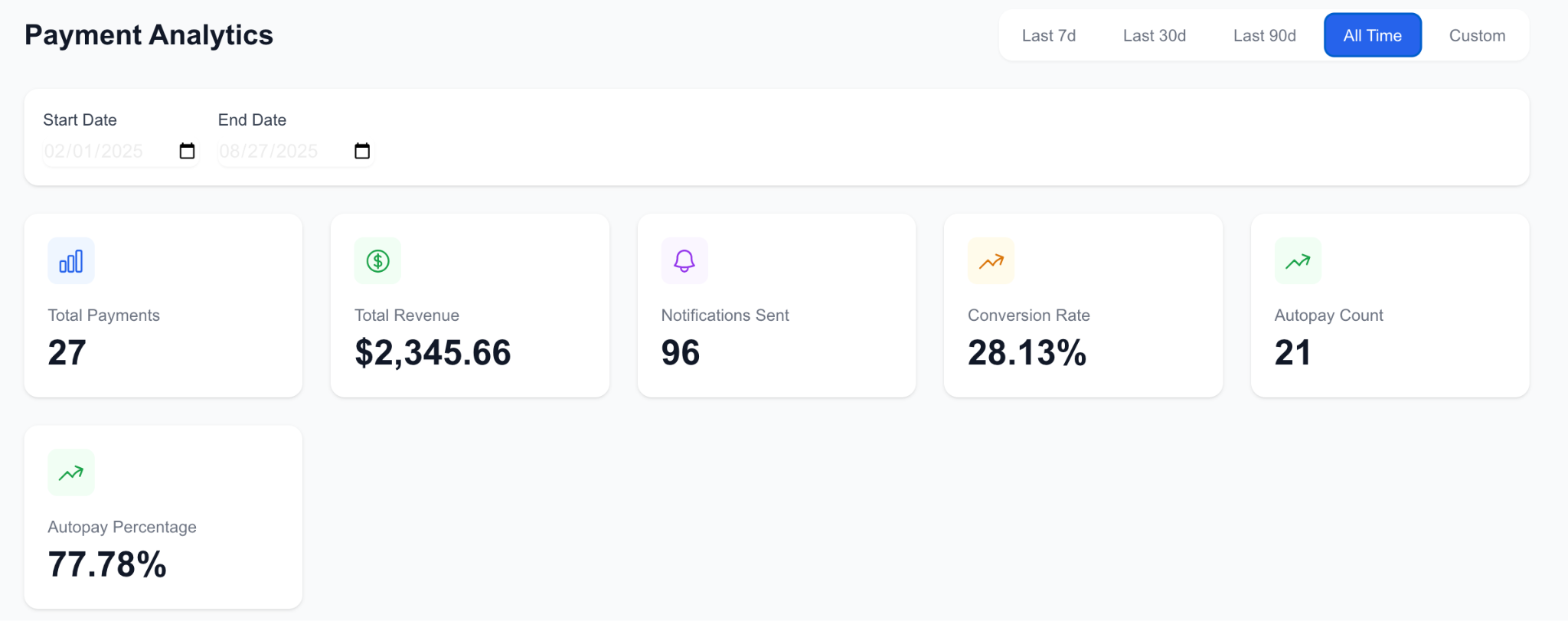
Most self storage owners focus on occupancy and rental rates as their main levers for growth. But in an industry where operating expenses are rising and competition is tightening, relying solely on rent isn’t enough.
Top operators build revenue management programs that look beyond rate increases and find new ways to monetize value.
From premium gate access to admin fees, truck rentals, and tenant protection, there are a number of ancillary revenue streams available to operators at most facilities. When these tactics are implemented the right way, they can significantly boost NOI without alienating customers.
At White Label Storage, we manage more than 200 facilities nationwide, and we’ve seen firsthand how small, thoughtful adjustments can add up to major portfolio gains. Here’s how you can turn everyday operations into new sources of income while keeping your tenants happy.

Before we dive into specifics, let’s reframe how to think about fees. The word “fee” often carries a negative connotation, but it doesn’t have to. The key is positioning these charges as value-added features, i.e., enhancements to the tenant experience that provide convenience, professionalism, or peace of mind.
Think of these offerings as options, not penalties. A customer who wants 24-hour access or faster onboarding is choosing a premium level of service, which costs more than standard access. In almost all service industries, like hotels and travel, this kind of upgrade requires the customer to pay a fee.
Some tenants need access at odd hours, like contractors starting their day early, delivery drivers working late, or small business owners restocking inventory. Offering extended-hour or 24/7 gate access for a small monthly fee (typically $5–$15) provides clear value to those customers while generating recurring revenue.
At scale, this adds up. A 500-unit facility with just 100 tenants opting in could generate an extra $1,000 per month (which scales to $12,000 annually) in pure NOI.
The secret is in your marketing. Position it as an upgrade, not an upcharge. Call it “Premium Access” or “Business Access,” and emphasize the benefit, not the fee.

Every new lease requires time, staff, and system processing. Charging an administrative or setup fee (usually $20–$30 per new lease) helps offset those labor costs and aligns your operation with industry norms.
REITs like Extra Space and CubeSmart routinely charge admin fees, and customers accept them because they’re presented as part of a polished, professional onboarding process. And that’s true for many of these tactics: the messaging and positioning have a huge impact on how your audience responds.
When you roll admin fees out, keep the messaging simple and transparent. Position it as a one-time account setup fee that covers your digital access system, e-signature processing, and move-in materials.
Manual billing eats up time and increases delinquency risk. Encouraging autopay is a literal win-win: you collect revenue more reliably, and your tenants avoid late fees.
Rather than setting up a penalty structure, positively reinforce good behavior. Frame autopay as a discount or convenience incentive. “Enroll in AutoPay and save $5 each month,” is an excellent offer that most tenants will take advantage of.
This approach both reduces manual work for your team and improves cash flow consistency. Across a multi-site portfolio, reducing paper billing and missed payments can save thousands per year, not to mention save hours of staff time.
Another solution is to include autopay sign up as a checkbox in your payment forms. At White Label Storage, we utilize this tactic with our collections automation product StorBill, and the conversion rate into autopay is typically over 70%.

Offering truck rentals or partnering with companies like U-Haul or Penske can deliver two benefits:
Even if you earn a small commission on each truck, the real value lies in the cross-channel exposure. Many storage move-ins originate from customers who first search for “moving truck near me.”
If you have the space and local demand, adding a branded rental truck to your operation can be one of the most visible, profitable marketing investments you make.
Retail isn’t a huge profit center, but it’s a steady one. Boxes, tape, and locks provide strong margins, and bundling everyday supplies into a move-in kit creates an easy add-on at checkout.
The magic is in the presentation. Display supplies near the leasing office and bundle them into convenient packages.
Facilities that track retail sales per move-in often find it adds $3–$5 per lease, which, at scale, can add thousands in yearly revenue.
If your site includes outdoor spaces, consider premium pricing for covered parking, power hookups, or wash bays.
This can be particularly effective for RV and boat owners who often expect higher-end service and will pay accordingly.
Smart locks, app-based gate access, and unit monitoring sensors are becoming more popular with tech-savvy renters and tenants who value security.
Offer them as premium units or “smart upgrade” options at a $5–$10/month premium.
Beyond the immediate revenue, these upgrades position your facility as modern and secure, which can be a key differentiator in competitive markets.
Partner with local service providers, like moving companies, junk haulers, or cleaning companies and set up a referral program. Structure it so that these contractors pay you a small fee for referring them new customers from your tenant base. It’s another way to serve customers while creating passive income streams.
Before you rush to add a bunch of new fees, proceed with caution. Additional costs are a double-edged sword: too many fees, or poorly communicated ones, can damage customer trust.
The best operators treat ancillary revenue as enhanced service, not surprise charges.
That means be transparent. Always list fees clearly on your website, lease, and move-in materials. And perhaps even more importantly, explain why these fees exist.
For example, this kind of language can provide clarity into why these fees are a part of the tenant experience:
“The admin fee covers setup and digital access to your secure gate code.”
“Tenant protection gives you peace of mind for your belongings.”
When framed around value and professionalism, people are significantly more likely to accept fees.
Remember, the goal is not to stack fees endlessly, but to create a balanced mix that supports customer needs and operational efficiency.
A well-structured ancillary revenue program can add 5–10% to NOI across a portfolio without hurting tenant satisfaction.
When implemented strategically, even small tweaks like admin fees or premium access tiers can make a noticeable difference in NOI. Across a 10-facility portfolio, these micro-streams can translate into tens of thousands of dollars in additional annual income.
The bottom line: creative revenue management is about thinking like an asset manager, not just an operator.
Want to see what your facility could earn with a smarter revenue strategy?
Schedule a proforma review with White Label Storage and see where your hidden revenue opportunities are waiting.